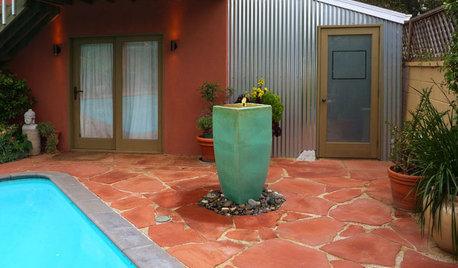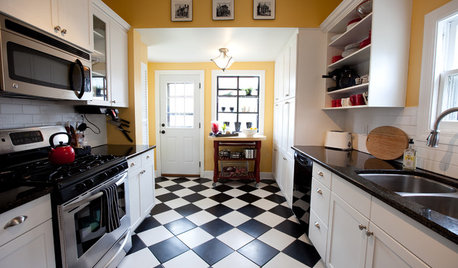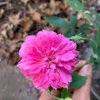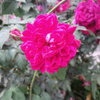need ID please 'PIC'
millieon
18 years ago
Related Stories

SUMMER GARDENINGHouzz Call: Please Show Us Your Summer Garden!
Share pictures of your home and yard this summer — we’d love to feature them in an upcoming story
Full Story
GARDENING GUIDESGreat Design Plant: Silphium Perfoliatum Pleases Wildlife
Cup plant provides structure, cover, food and water to help attract and sustain wildlife in the eastern North American garden
Full Story
HOUSEPLANTSMother-in-Law's Tongue: Surprisingly Easy to Please
This low-maintenance, high-impact houseplant fits in with any design and can clear the air, too
Full Story
HOME OFFICESQuiet, Please! How to Cut Noise Pollution at Home
Leaf blowers, trucks or noisy neighbors driving you berserk? These sound-reduction strategies can help you hush things up
Full Story
BATHROOM DESIGNUpload of the Day: A Mini Fridge in the Master Bathroom? Yes, Please!
Talk about convenience. Better yet, get it yourself after being inspired by this Texas bath
Full Story
BEFORE AND AFTERSMore Room, Please: 5 Spectacularly Converted Garages
Design — and the desire for more space — turns humble garages into gracious living rooms
Full Story
DECORATING GUIDESPlease Touch: Texture Makes Rooms Spring to Life
Great design stimulates all the senses, including touch. Check out these great uses of texture, then let your fingers do the walking
Full Story
TILEMoor Tile, Please!
Add an exotic touch with Moroccan tiles in everything from intricate patterns and rich colors to subtle, luminous neutrals
Full Story
FLOORSChecks, Please! 13 Choices for Checkered Floors
Checkerboard Patterns Go From Casual to Ritzy, From Marble to Grass
Full Story











sueto
ramblinrosez7b
Related Professionals
Forest Park Landscape Architects & Landscape Designers · Willowick Landscape Architects & Landscape Designers · Surprise Landscape Contractors · Arlington Landscape Contractors · Barrington Landscape Contractors · Fort Worth Landscape Contractors · Kaneohe Landscape Contractors · Lemoore Landscape Contractors · Middletown Landscape Contractors · Pleasant Hill Landscape Contractors · Ramsey Landscape Contractors · DeSoto General Contractors · Markham General Contractors · Parsons General Contractors · Williston General Contractorsrosyone
northspruce
millieonOriginal Author
ramblinrosez7b
barbie
millieonOriginal Author
ramblinrosez7b
millieonOriginal Author